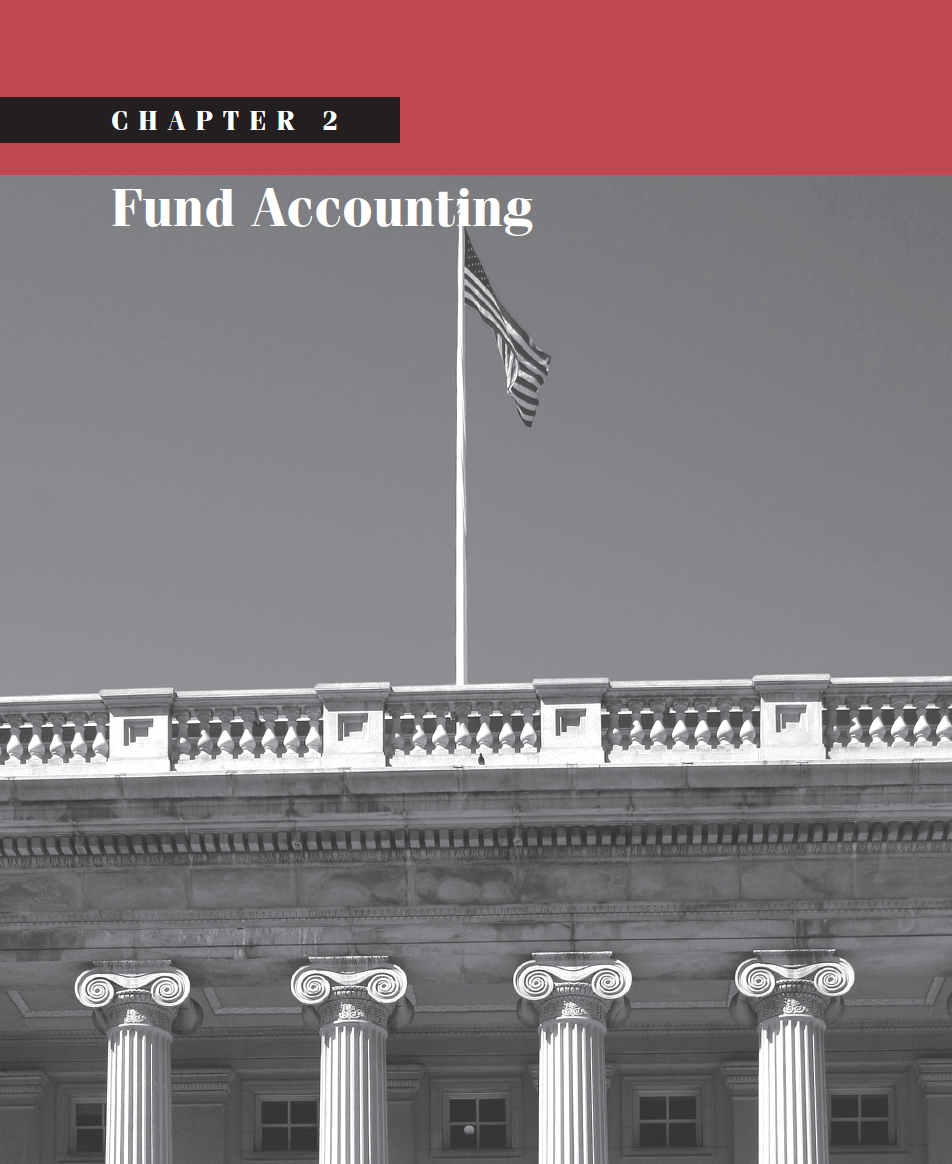
LEARNING OBJECTIVES
After studying this chapter you should understand:
- The nature of funds, including why they are used and the interrelationship among them
- The elements of financial statements
- The hierarchy classification of fund balances
- The basic fund types used by governments—governmental funds, proprietary funds, and fiduciary funds
- The main components of a government's comprehensive annual financial report
- The primary financial statements—both government-wide and fund-issued by governments
- How the fund structures and financial reports of not-for-profits differ from those of governments
In Chapter 1, we set forth some of the key characteristics that distinguish governments and not-for-profit entities from businesses. We also discussed their implications for accounting and financial reporting. In particular, we noted that governments and not-for-profits use fund accounting. In this chapter we explain the rationale for fund accounting, describe the main types of funds maintained, and examine the relationships among funds.
As noted in Chapter 1, in June 1999 the Governmental Accounting Standards Board (GASB) established a new reporting model for state and local governments. In this chapter, we highlight the key features of this current model. We begin by defining and explaining some common elements of financial statements, both fund and government-wide, and also focus on more ...
Get Government and Not For Profit Accounting: Concepts and Practices, 6th Edition now with the O’Reilly learning platform.
O’Reilly members experience books, live events, courses curated by job role, and more from O’Reilly and nearly 200 top publishers.

